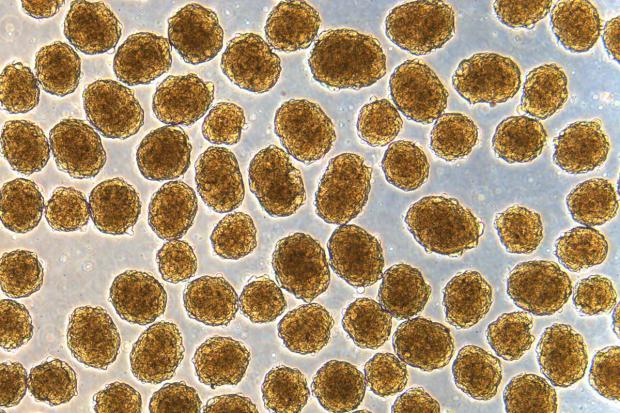
Breaking News
 The Most Helpful Fermentation Guide on the Internet
The Most Helpful Fermentation Guide on the Internet
 Soaring Silver Prices Force Solar Makers To Rethink Materials
Soaring Silver Prices Force Solar Makers To Rethink Materials
 Crude Drops After Trump Says Venezuela Will Transfer Up To 50 Million Barrels To US
Crude Drops After Trump Says Venezuela Will Transfer Up To 50 Million Barrels To US
 Medicaid Will 'Claw Back' Fraud Funds From Minnesota: Agency Head
Medicaid Will 'Claw Back' Fraud Funds From Minnesota: Agency Head
Top Tech News
 The First Production All-Solid-State Battery Is Here, And It Promises 5-Minute Charging
The First Production All-Solid-State Battery Is Here, And It Promises 5-Minute Charging
 See inside the tech-topia cities billionaires are betting big on developing...
See inside the tech-topia cities billionaires are betting big on developing...
 Storage doesn't get much cheaper than this
Storage doesn't get much cheaper than this
 Laser weapons go mobile on US Army small vehicles
Laser weapons go mobile on US Army small vehicles
 EngineAI T800: Born to Disrupt! #EngineAI #robotics #newtechnology #newproduct
EngineAI T800: Born to Disrupt! #EngineAI #robotics #newtechnology #newproduct
 This Silicon Anode Breakthrough Could Mark A Turning Point For EV Batteries [Update]
This Silicon Anode Breakthrough Could Mark A Turning Point For EV Batteries [Update]
 Travel gadget promises to dry and iron your clothes – totally hands-free
Travel gadget promises to dry and iron your clothes – totally hands-free
 Perfect Aircrete, Kitchen Ingredients.
Perfect Aircrete, Kitchen Ingredients.
 Futuristic pixel-raising display lets you feel what's onscreen
Futuristic pixel-raising display lets you feel what's onscreen
 Cutting-Edge Facility Generates Pure Water and Hydrogen Fuel from Seawater for Mere Pennies
Cutting-Edge Facility Generates Pure Water and Hydrogen Fuel from Seawater for Mere Pennies
Mice with diabetes "functionally cured" using new stem cell therapy

Now, scientists have developed a more efficient method of doing just that, and found that implanting these cells in diabetic mice functionally cured them of the disease.
The study builds on past research by the same team, led by Jeffrey Millman at Washington University. The researchers have previously shown that infusing mice with these cells works to treat diabetes, but the new work has had even more impressive results.
"These mice had very severe diabetes with blood sugar readings of more than 500 milligrams per deciliter of blood — levels that could be fatal for a person — and when we gave the mice the insulin-secreting cells, within two weeks their blood glucose levels had returned to normal and stayed that way for many months," says Millman.
Insulin is normally produced by beta cells in the pancreas, but in people with diabetes these cells don't produce enough of the hormone. The condition is usually managed by directly injecting insulin into the bloodstream when it's needed. But in recent years, researchers have found ways to convert human stem cells into beta cells, which can pick up the slack and produce more insulin.



